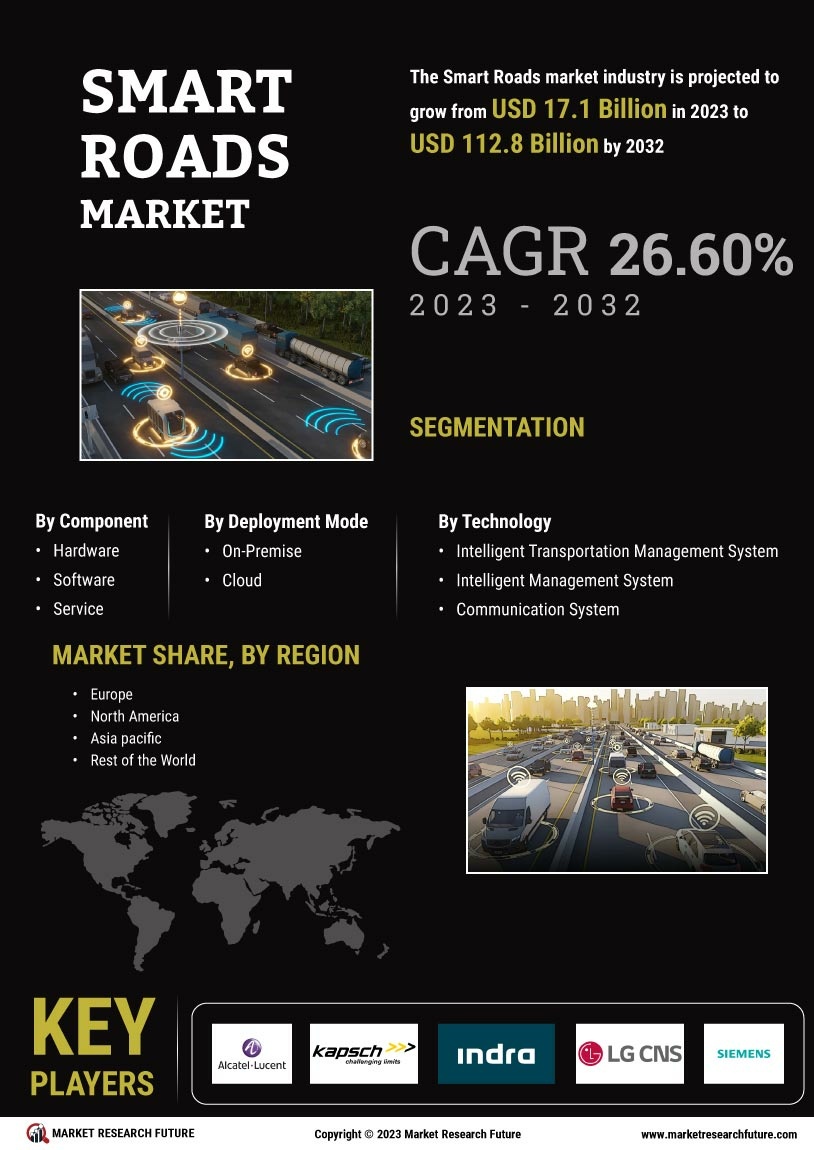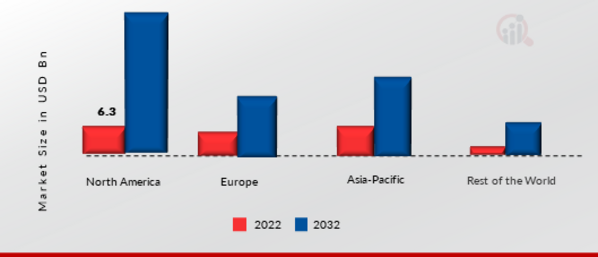Leading market players are investing heavily in research and development in order to expand their product lines, which will help the Smart Roads market, grow even more. Market participants are also undertaking a variety of strategic activities to expand their global footprint, with important market developments including new product launches, contractual agreements, mergers and acquisitions, higher investments, and collaboration with other organizations. To expand and survive in a more competitive and rising market climate, Smart Roads industry must offer cost-effective items.
Manufacturing locally to minimize operational costs is one of the key business tactics used by manufacturers in the global Smart Roads industry to benefit clients and increase the market sector. In recent years, the Smart Roads industry has offered some of the most significant advantages to medicine. Major players in the Smart Roads market, including Alcatel Lucent, Kapsch AG, Indra Sistemas S.A., LG CNS, Siemens AG, Cisco, Kapsch TrafficCom, Xerox Corporation, and Huawei, are attempting to increase market demand by investing in research and development Technologys.
Energy management and automation business Schneider Electric SE (Schneider Electric), originally known as Schneider Electric SA, creates associated technologies and solutions for power distribution. Its key offerings include essential power, cooling, and racking, low voltage products and systems, solar and energy storage, medium voltage distribution, and grid automation. The business also provides field and automation, cloud, consulting, and training services, as well as services related to energy and sustainability.
The business offers services to a number of sectors, including banking and finance, food and beverage, healthcare, life sciences, marine, metals, minerals and cement, mining, oil and gas, retail, and automotive and mobility, among others. Africa, Europe, Asia-Pacific, the Middle East, South America, and North America are all regions where the company operates. The headquarters of Schneider Electric are at Rueil-Malmaison, France. In May 2021, Schneider Electric and Roco Group, the market leader in bathroom design, production, and commercialization, came to an agreement to develop a roadmap for decarbonization.
Koninklijke Philips NV (Philips) is a diversified technology firm that creates and produces consumer electronics and medical solutions. Diagnostic imaging, enterprise diagnostic informatics, image-guided therapy, ultrasound, monitoring and analytics, sleep and respiratory care, population health management, linked care informatics, and therapeutic care are all sectors in which the business provides products and solutions. Philips increased its position as a leader in hospital inpatient care management solutions in January 2021 by purchasing Capsule technology Inc., the industry's top supplier of medical equipment and data technology to hospitals and healthcare organisations.






